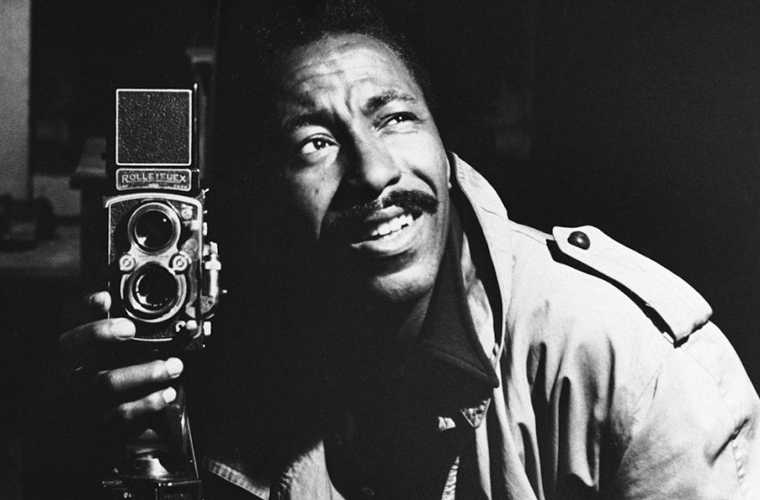Gordon Parks was an American photographer, composer, author, poet, and film director who left a lasting legacy in the fields of photojournalism and filmmaking. He was born in 1912 in Fort Scott, Kansas, into a poor and segregated family. He faced many hardships and challenges in his early life, but he also discovered his passion for photography when he saw images of migrant workers taken by Farm Security Administration (FSA) photographers in a magazine.
He bought his first camera at a pawnshop and taught himself how to use it. He won a fellowship that allowed him to work for the FSA in Washington, D.C., where he documented the social conditions of the nation during the 1940s. He developed a personal style that combined artistic expression with social activism, capturing the impact of poverty, racism, and discrimination on people’s lives.















He became the first African American staff photographer for Life magazine in 1948, after his photo essay on a Harlem gang leader attracted widespread attention. He worked for Life for two decades, covering a wide range of subjects from fashion and entertainment to civil rights and urban life. He took memorable portraits of celebrities, politicians, activists, and athletes, such as Muhammad Ali, Malcolm X, Adam Clayton Powell Jr., and Stokely Carmichael. He also created some of his most iconic images, such as American Gothic (1942) and Emerging Man (1952), that symbolized the struggle and dignity of black Americans.
Parks was also a prolific writer, composer, and filmmaker. He wrote several books, including novels, memoirs, and poetry collections. He composed music for films, ballets, and orchestras. He directed several films, including Shaft (1971), which is considered one of the first blaxploitation movies. He also made The Learning Tree (1969), based on his own novel and autobiography, which was the first major Hollywood film directed by a black American.
Parks died in 2006 at the age of 93. He was a humanitarian with a deep commitment to social justice. He left behind an exceptional body of work that documents American life and culture from the 1940s to the 2000s, with a focus on race relations, poverty, civil rights, and urban life. He was a pioneer of photojournalism and filmmaking who influenced generations of artists and activists.

